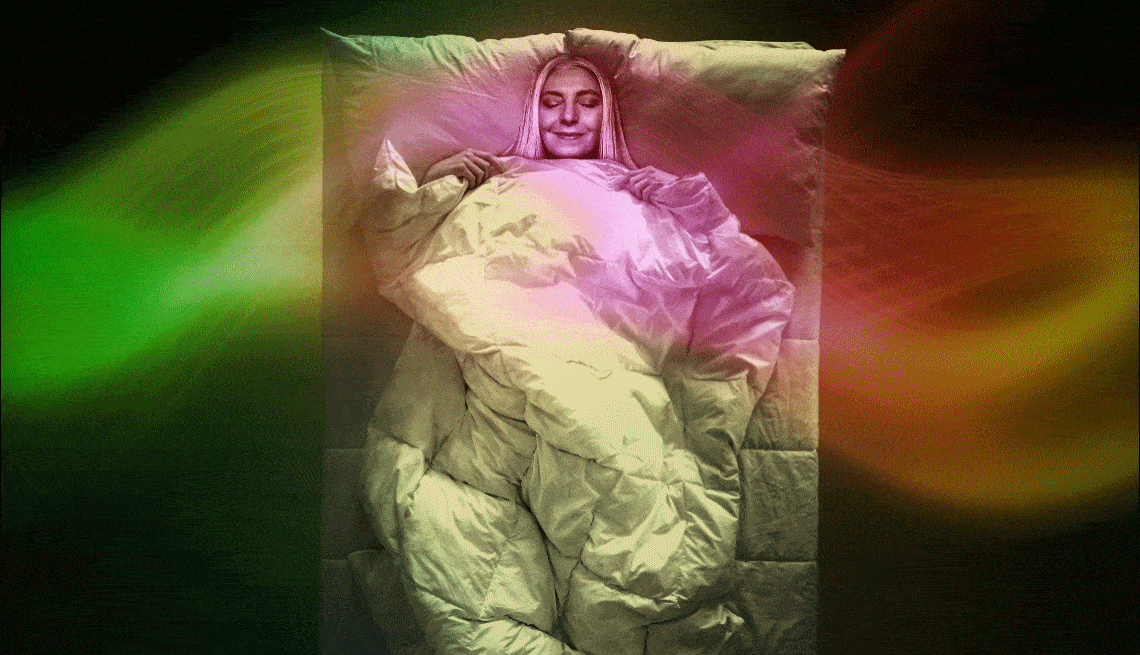
- Select a language for the TTS:
- UK English Female
- UK English Male
- US English Female
- US English Male
- Australian Female
- Australian Male
- Language selected: (auto detect) - EN
Play all audios:
PINK NOISE Pink noise combines all the frequencies of sound we can hear with the highest frequencies played at a slightly lower volume than white noise. In other words, it’s slightly deeper
than white noise, which some find more relaxing. WHAT DOES PINK NOISE SOUND LIKE? * Ocean waves * Light, steady rainfall * The distant roar of traffic WHAT ARE THE BENEFITS OF
PINK NOISE? Pink noise doesn’t just sound pleasant — it could even enhance slow waves in the brain, says Caroline Lustenberger, a group leader and lecturer at Eidgenössische Technische
Hochschule Zürich (ETH Zürich), a public research university in Switzerland. These brain waves occur during deep sleep, and they’re key to memory consolidation and “trimming weak neural
connections to make room for new ones,” she explains. In other words, they might help remove waste products and toxic proteins that accumulate during the day and may contribute to
Alzheimer’s disease. In one study, Lustenberger’s team found that pink noise both increases slow waves and improves post-sleep heart function in healthy, middle-aged men. However,
Lustenberger also notes that in a separate long-term study, listening to pink noise had no significant effect on older adults’ slow waves. Researchers at the University of Texas at San
Antonio also found that listening to pink noise helped adults achieve deeper sleep. But compared to non-pink noise users, they showed impaired creativity and cognitive insight (experiencing
fewer “a-ha!” moments) when they were given a number-reduction task immediately after sleeping for eight hours. “Not everyone experiences a beneficial effect of slow waves,” Lustenberger
says. “We have noted a reduction in mood and some changes in REM sleep, but we are uncertain whether these are negative side effects that could have undesirable long-term implications. More
research is needed.” WHAT ABOUT THE OTHER NOISE COLORS? You can also listen to grey noise, blue noise, violet noise and black noise. Know the differences between each tone, since not all
of them are ideal for helping you sleep. * GREY: This smoother and more balanced spin on white noise blends all frequencies of sound at equal intensity. It offers a more balanced version
of classic white noise sounds, such as television static. * BLUE: More energy in the higher frequencies of sound creates a lively, stimulating noise ideal for focusing and busting fatigue.
It sounds like steam escaping from a pipe. * VIOLET: A more intensified version of blue noise, violet noise further amps up the energy in the higher frequencies of sound. It sounds like a
high-pitched whine, like a dentist’s drill. [/End sidebar] BROWN NOISE Brown noise (also called red noise) combines all the frequencies of sound we can hear with the higher frequencies
played at a very low volume. It has the most extreme adjustments and it’s deeper in tone than pink noise. Many find brown noise the most relaxing, since humans prefer lower-frequency sounds,
Berlau says. WHAT DOES BROWN NOISE SOUND LIKE? * Rumbling thunder * A waterfall * A shower with intense pressure WHAT ARE THE BENEFITS OF BROWN NOISE? Brown noise could not only
help you sleep better, but it may also alleviate ADHD symptoms. For years, it’s made waves across TikTok for helping people of all ages rest and relax. The how and why are inconclusive, but
experts suspect that, like white noise, brown noise could help stimulate the auditory system and, in turn, decrease distractions. A small study of 22 college students suggested it could even
help boost working memory, which tends to decline in older adults. Brown noise is also a popular pick for masking tinnitus. This condition, which is more common with age, causes you to hear
sounds that other people can’t, such as ringing, buzzing or hissing, making it difficult to fall asleep. In one study on tinnitus retraining therapy with colored noise, tinnitus sufferers
chose brown noise second only to white noise for relief. However, the research on whether colored noise helps tinnitus is mixed. A review published in _JAMA Otolaryngology — Head & Neck
Surgery_ found that regularly masking tinnitus with colored noise could age the auditory system. “Hearing is an active process,” Basner explains. “Basically, the inner ear translates
fluctuations in air pressure into a meaningful signal and sends that to the brain for interpretation, and metabolic by-products are being generated. At some point, the auditory system needs
to recuperate.”






